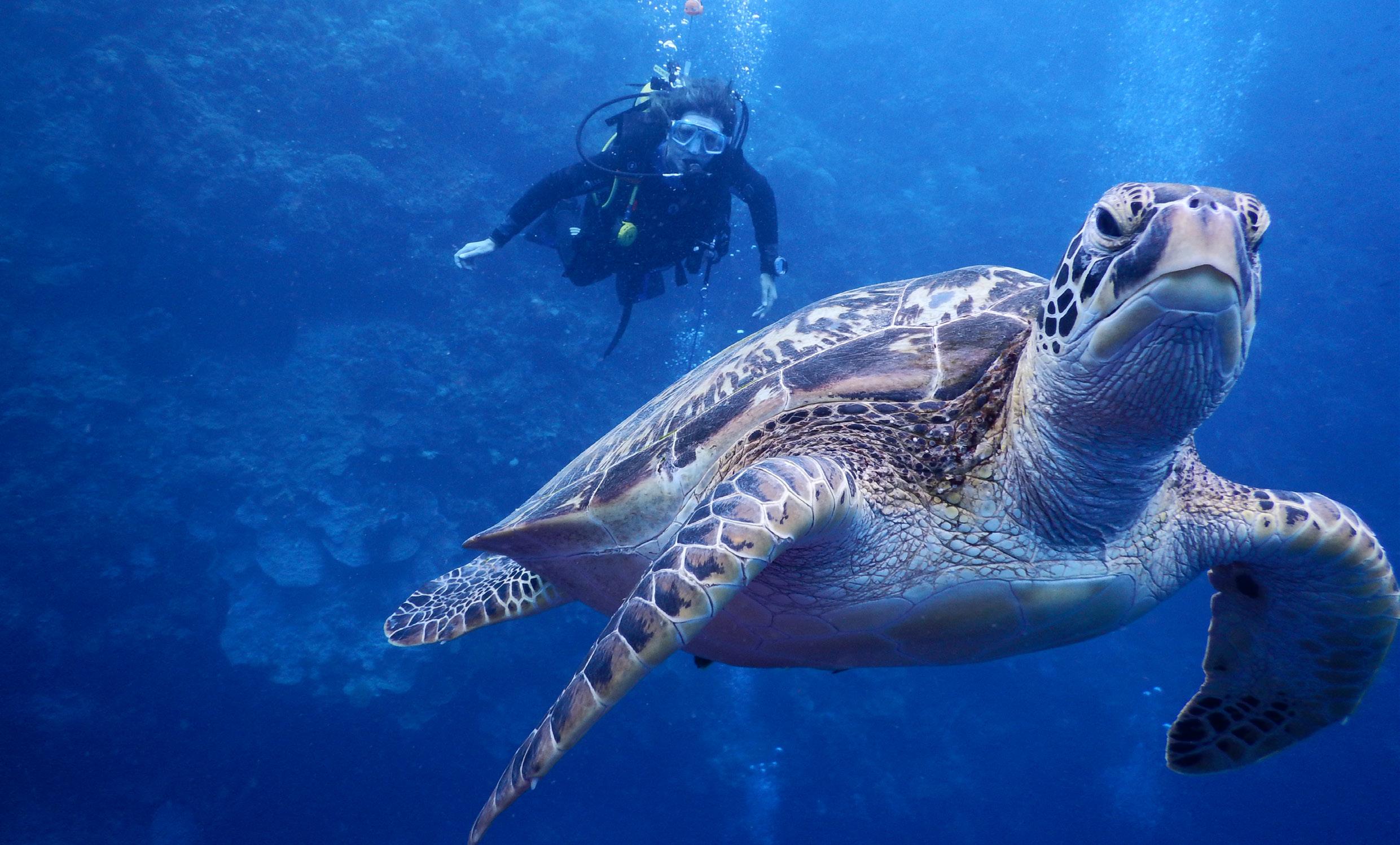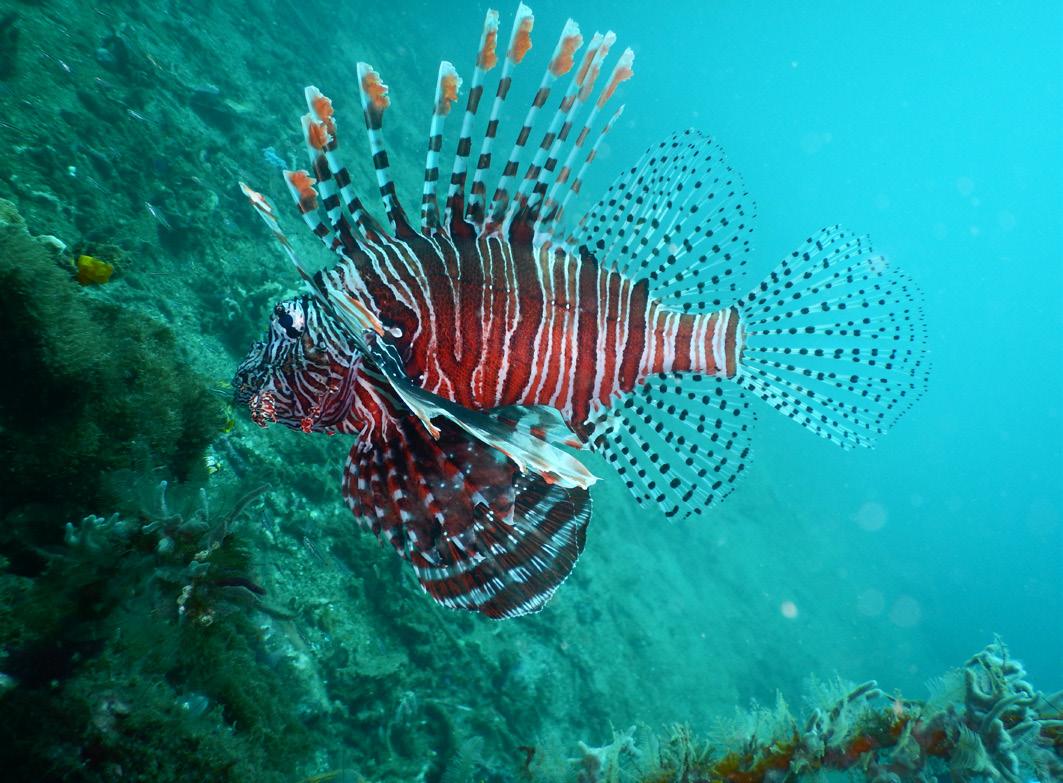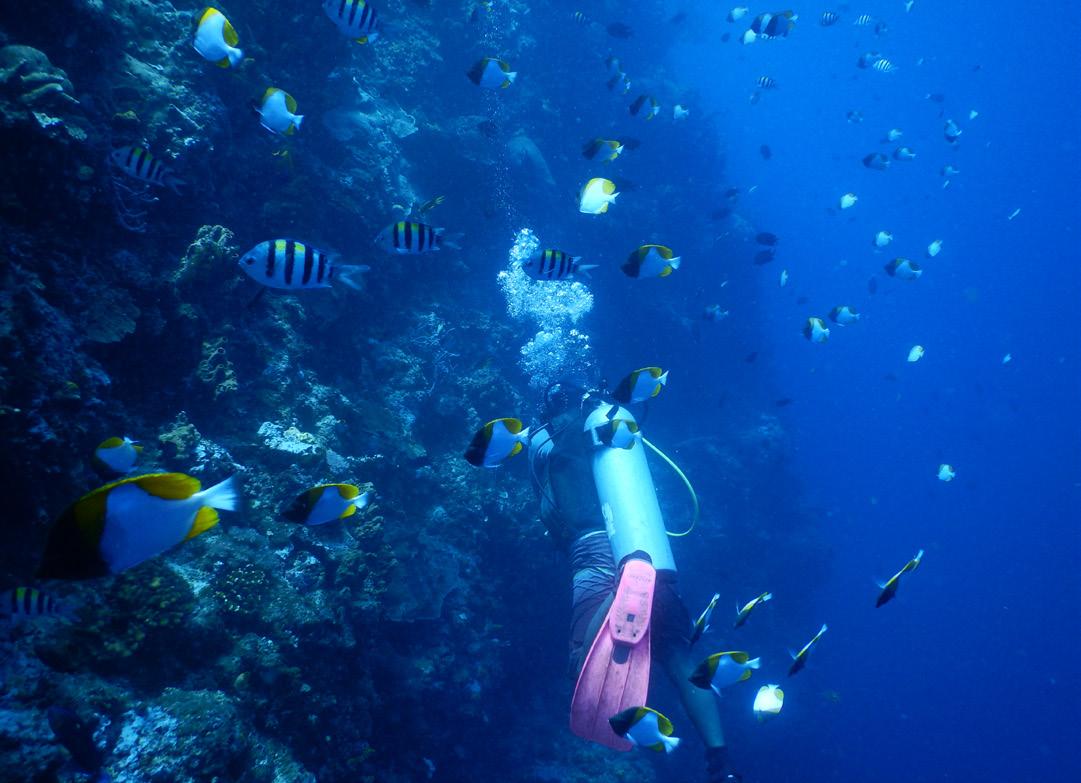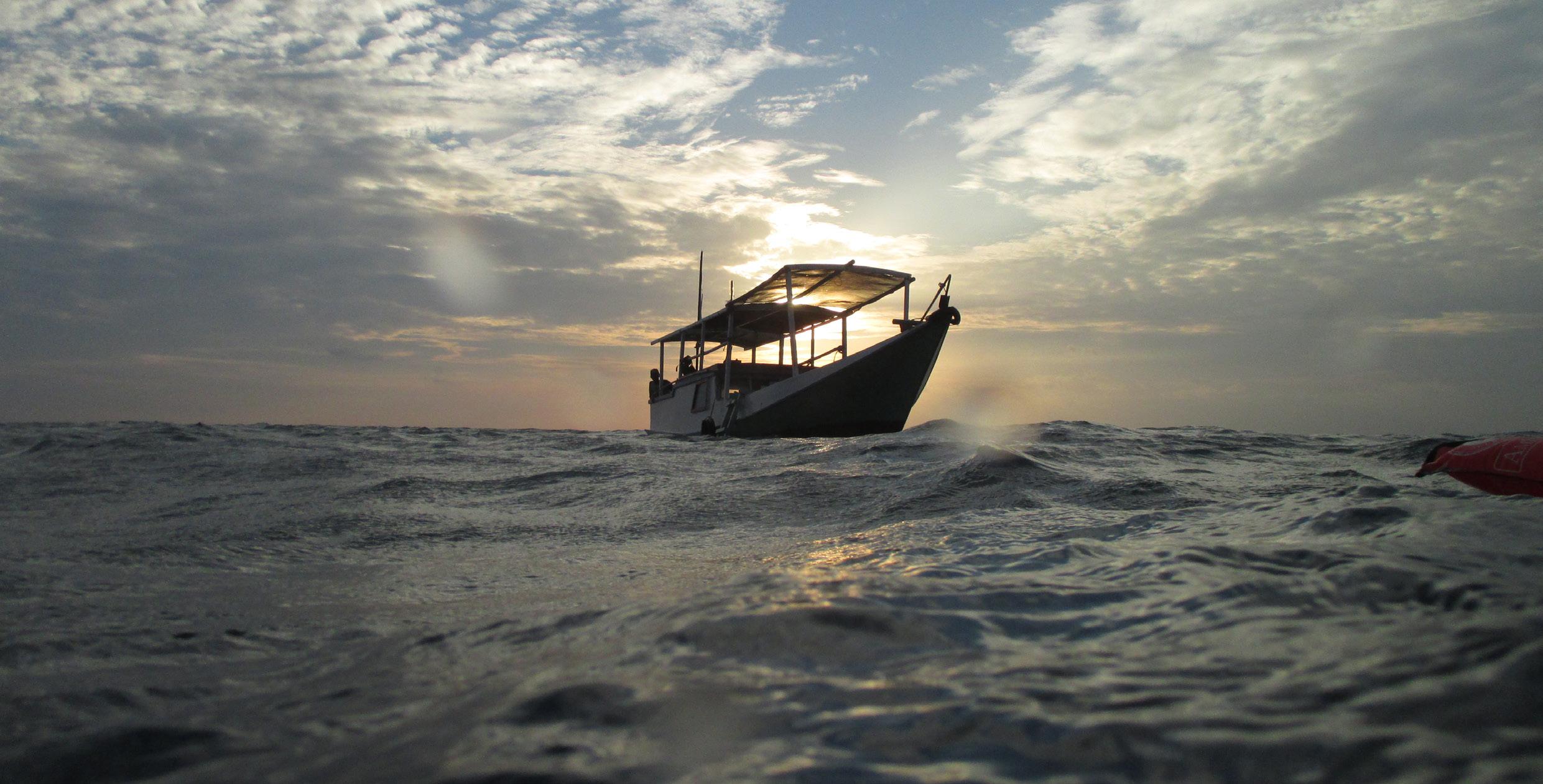
3 minute read
Scuba Diving in Indonesia
36 destination - indonesia
Scuba Diving
Advertisement
in Indonesia
by Don and Erica Miller, ANZA Members
Just after we arrived in Indonesia our first trip was to Pulau Putri in the Thousand Islands. We hired a canoe and couldn’t believe the variety of marine life we could see in the crystalclear water. That rekindled our desire to dive so decided to requalify with PADI. After evaluating several PADI dive schools, we chose Master Selam in Kemang. We completed our Open Water, then Advanced Open Water Diver certification. This level gives us a wider choice of diving. Our open water dives took us back to Pulau Putri. Indonesia is one of the best places in the world to dive, with an underwater biodiversity second only to the Amazonian rainforest. However, there are a few things to keep in mind for a safe and enjoyable experience.

Booking a dive centre - If you don’t have a recommendation you can trust, then be sure to do some research before booking. - Check the centre is registered with the Authority they say they are (e.g. PADI). - Communicate with them to get a feel for their professionalism. They should ask to see your qualifications and insurance and about your level of experience and when your last dive was. Personal fitness and Insurance - Be medically fit and take out insurance. The Australian based Dive Assistance Network (DAN) is popular and International SOS has doctors qualified to do PADI diving medicals.
Equipment - You can hire all dive equipment, but we think it’s better to have your own basic gear including a full-length wetsuit and dive computer. Not all of Indonesia has Java Sea warm water; some areas get the cold up-currents from the Indian Ocean which makes diving in only swim wear very chilly. A suit also protects against jellyfish and coral stings. - Always give the kit you are hiring a good look over; it should be in good condition with no tears or damage. Everything gets done for you here but don’t forget your training drills and check your equipment rigorously. You don’t want to find out you have no air as soon as you see that Mola Mola. - Dive within your no stop limits; remember there are very few decompression chambers in Indonesia and it takes a long time to get anywhere. There seems little point to take unnecessary risks, there are more creatures than you could ever imagine in the top 20m of the ocean around the coral reefs.

With so many dive sites to choose from, you could spend a lifetime diving around Indonesia. From our experiences whilst Bali is very good we would recommend three must go to sites. The best is Raja Ampat - this is an area that has been very well protected and dive centres work with local communities to give them incentives to protect the habitat. Bunaken for its spectacular walls. Komodo National Park - Everyone knows about the dragons but most of the park is underwater with stunning corals and amazing fish. We continue to explore and later this year are diving the Banda Sea on a liveaboard - can’t wait.






